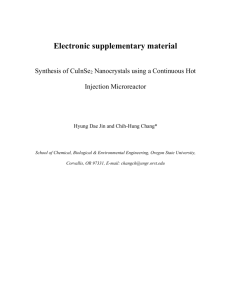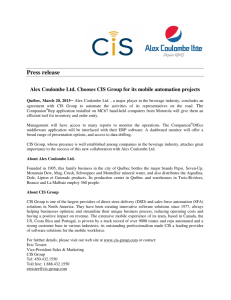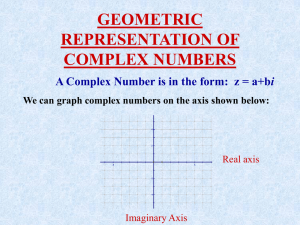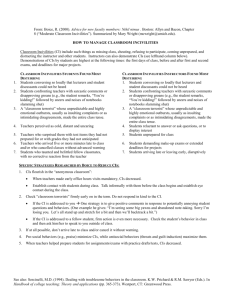MS Word (Appendix A. Supplementary data)
advertisement
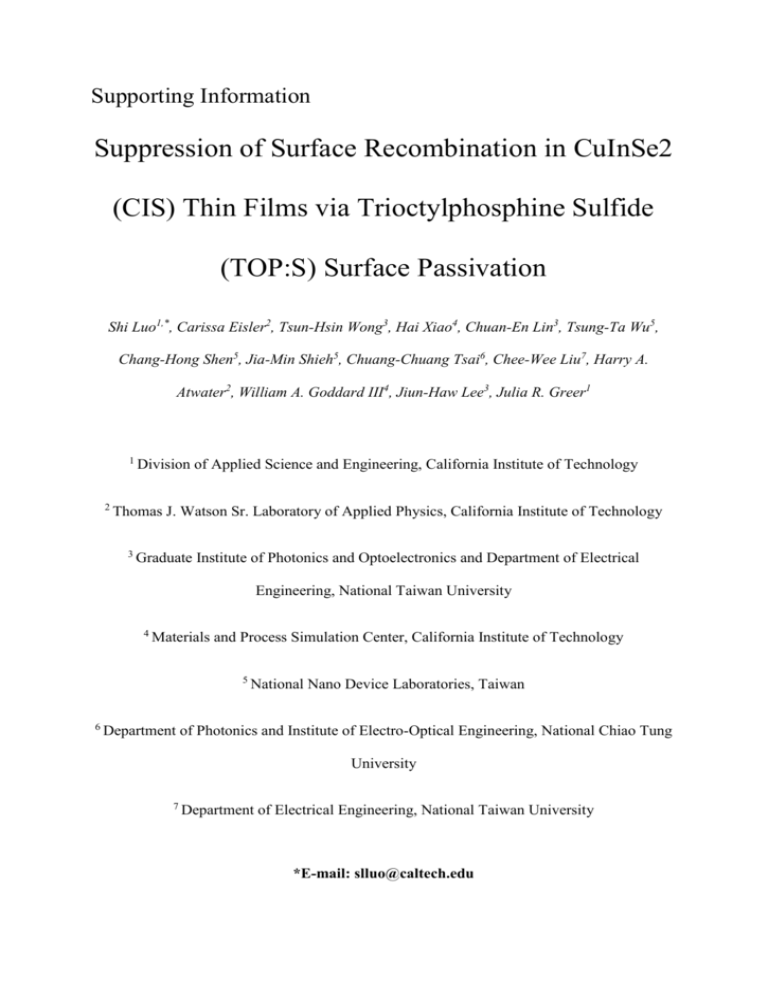
Supporting Information Suppression of Surface Recombination in CuInSe2 (CIS) Thin Films via Trioctylphosphine Sulfide (TOP:S) Surface Passivation Shi Luo1,*, Carissa Eisler2, Tsun-Hsin Wong3, Hai Xiao4, Chuan-En Lin3, Tsung-Ta Wu5, Chang-Hong Shen5, Jia-Min Shieh5, Chuang-Chuang Tsai6, Chee-Wee Liu7, Harry A. Atwater2, William A. Goddard III4, Jiun-Haw Lee3, Julia R. Greer1 1 2 Division of Applied Science and Engineering, California Institute of Technology Thomas J. Watson Sr. Laboratory of Applied Physics, California Institute of Technology 3 Graduate Institute of Photonics and Optoelectronics and Department of Electrical Engineering, National Taiwan University 4 Materials and Process Simulation Center, California Institute of Technology 5 6 National Nano Device Laboratories, Taiwan Department of Photonics and Institute of Electro-Optical Engineering, National Chiao Tung University 7 Department of Electrical Engineering, National Taiwan University *E-mail: slluo@caltech.edu Figure S1. XPS spectra of In 3d without and with TOP:S treatment for 24 hours under different temperatures (RT, 80 oC, and 120 oC), showing the binding of TOP:S to CIS surfaces is invariant of temperature. (b) XPS of spectra of In (b) 3d5/2 and (c) 3d3/2. Black and red lines are measured peaks as in (a). Blue lines showed the fitted results for In2S3 and In. Figure S2. (a) STEM image of as-fabricated CIS film. Highlighted region shows the area used for concentration mapping. (b,c,d) Concentration maps for Na, Cu and Se measured in region highlighted in (a) Figure S3. (a) STEM image of passivated CIS film. Highlighted region shows the area used for concentration mapping. (b,c,d) Concentration maps for Na, Cu and Se measured in region highlighted in (a) Figure S4 Low-energy photoelectron spectra of CIS surface before and after TOP:S (120 oC, 24 hours) treatment Figure S5. Total energy for systems with various levels of NaCu substitution, aligned to pristine CIS. The Dotted line shows a linear fit of total energy vs. number of Na atoms per 64-atoms unit cell. The Cross with a dashed line represents the energy change due to one NaCu substitution in a CIS unit cell with 64 atoms Figure S6. Optimized structure of the SP(CH3)3 molecule used in DFT calculations to simulate the effect of TOP:S passivation on film surface. S atom is shown in yellow, P in cyan, C in brown, and H in white Figure S7. XPS spectra overview of as-fabricated (black) and passivated (red) CIS films



